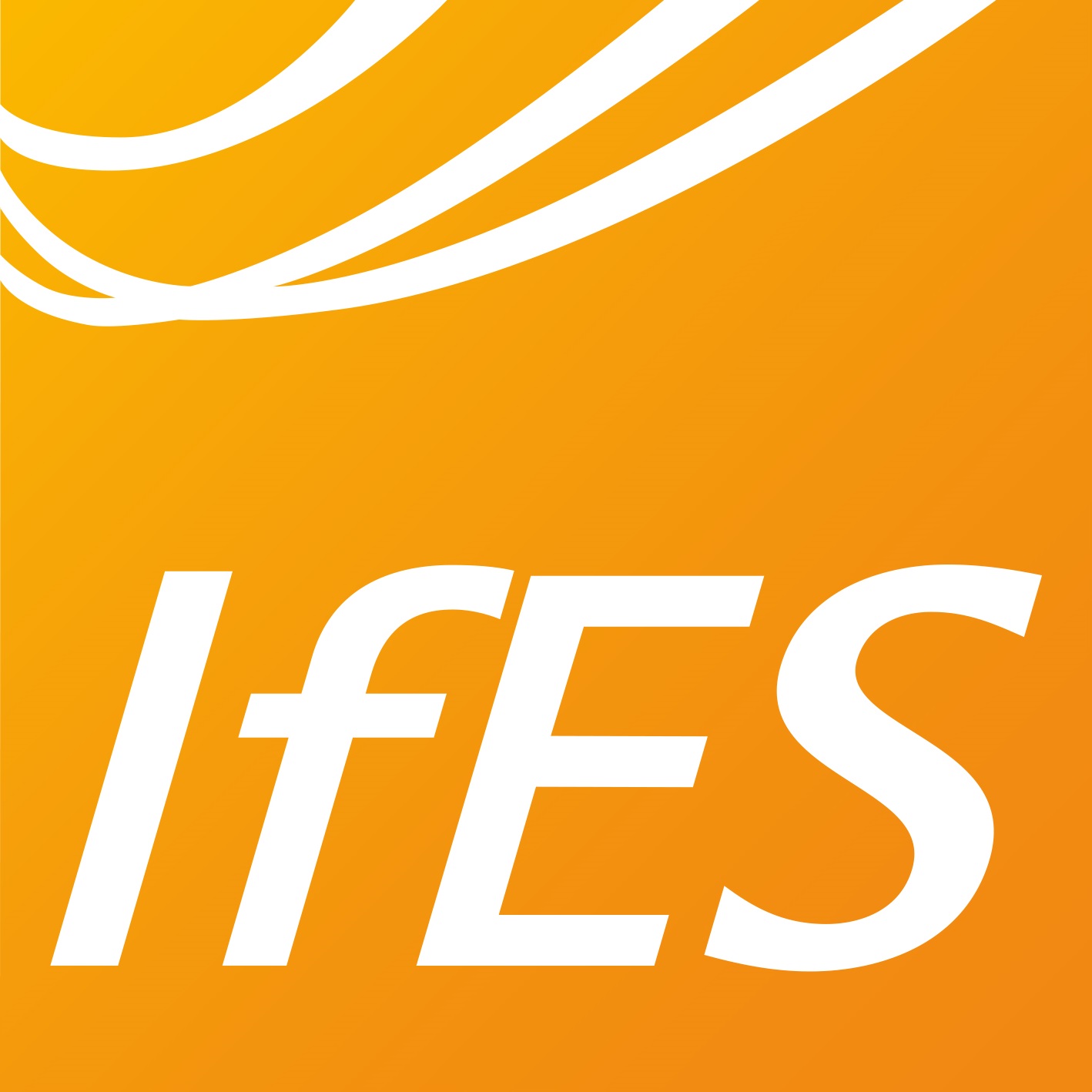Investigation of a cycloaliphatic epoxy resin system considering Al 2O3 and TiO2 nanofillers
- verfasst von
- Mohammad Mahdi Saei Shirazi, H. Borsi, Ernst Gockenbach
- Abstract
Inorganic nanofillers combined with organic polymers have been used for several years in order to enhance the electrical and dielectric properties of insulation materials. The advantages of using nanofillers can be explained by very large interface area of them in comparison with microfillers. To evaluate the influence of Al2O3and also γ-TiO 2nanofillers separately on a cycloaliphatic epoxy resin system as an outdoor insulation system, specific DC volume resistivity, loss factor and permittivity were investigated. In this regard, several specimens with 2 mm thickness were produced containing 0%, 1%, 3%, 5% and 7% per weight under especial condition to have the most possible homogeneous distribution of nanofillers. Then the behavior of the mentioned parameters was investigated from 23°C up to 170°C at different frequencies. According to the results, DC volume resistivity of the specimens with Al2O3 shows higher resistance between 80°C and 140°C than the specimens without nanofiller. Adding TiO2 does not cause considerable changes in volume resistivity. Loss factor has no significant change up to glass transition temperature (Tg), but it reduces at the temperatures above Tg, when Al 2O3 or TiO2 was added. Relative permittivity of the specimens containing Al2O3 and TiO2 were increased up to 110 °C. After this temperature, relative permittivity of all nanocomposites decreases in comparison to 0 wt. %.
- Organisationseinheit(en)
-
Fachgebiet Hochspannungstechnik und Asset Management (Schering-Institut)
- Typ
- Aufsatz in Konferenzband
- Seiten
- 186-189
- Anzahl der Seiten
- 4
- Publikationsdatum
- 2012
- Publikationsstatus
- Veröffentlicht
- Peer-reviewed
- Ja
- ASJC Scopus Sachgebiete
- Elektrotechnik und Elektronik
- Elektronische Version(en)
-
https://doi.org/10.1109/ICHVE.2012.6357072 (Zugang:
Unbekannt)


